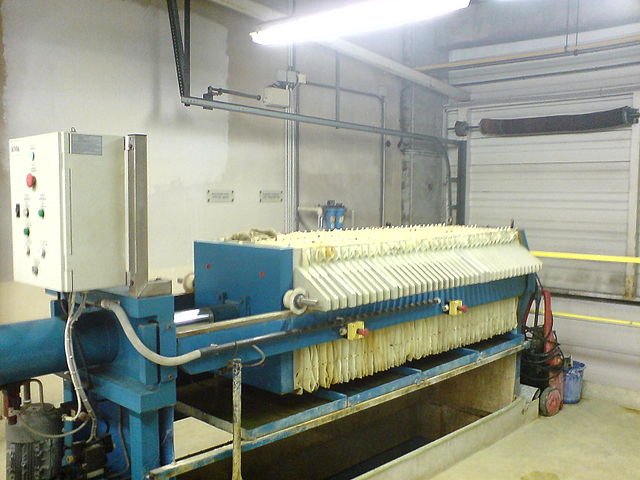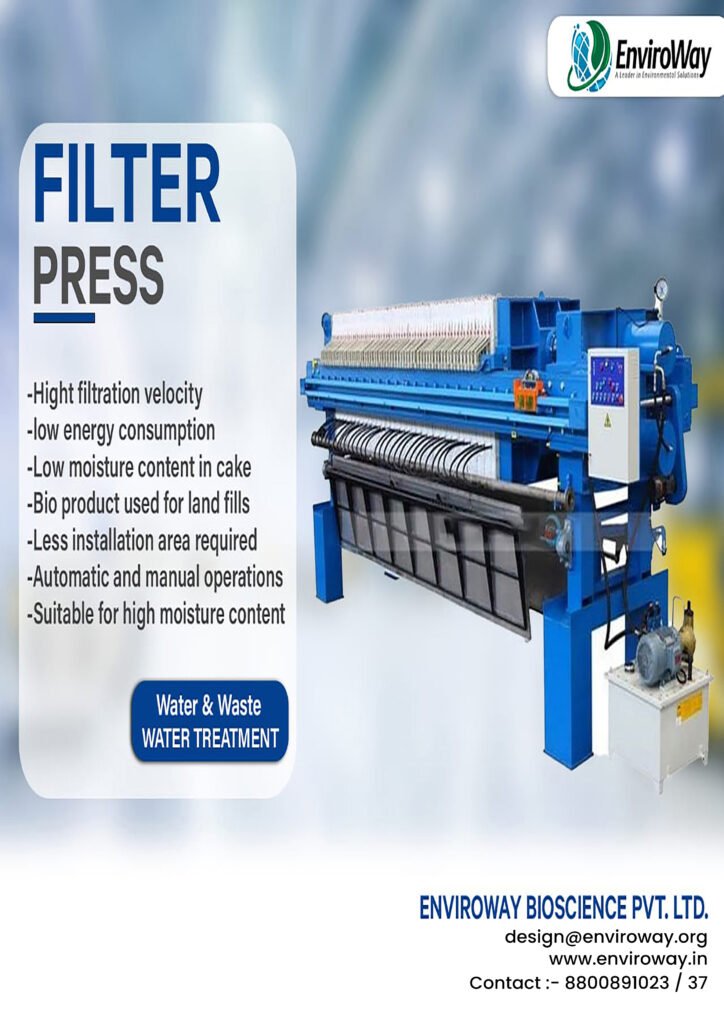Waste Water Treatment Chemicals
Importance of Using Chemicals in Wastewater Treatment
- Increasing efficiency : It helps in increasing the efficiency in physical, biological and mechanical process
- Meeting standards : We can meet the regulatory standards before discharging treated water into fresh water with the help of chemicals.
- pH level : With the help of chemicals we can easily adjust the pH level.
- Contaminants : Helps in removing contaminants from waste water.
Types of Wastewater Treatment Chemicals
There are several types of chemicals used in wastewater treatment available in the market :
- Coagulants and Flocculants
These are most important chemicals which are used in the initial stages of treating waste water and helps in the easy removal of suspended solids.
Types of Coagulants
1. Aluminum sulfate
2. Ferric chloride
3. Polyaluminum chloride
Types of Flocculants
1. Polyacrylamide
2. PolyDADMAC
Application in Wastewater Treatment
As I have mentioned earlier these chemicals are important chemicals in initial stages which clearly says they are added to the waste water at the primary stages of treating water, where they assist in the sedimentation process. And helps to improve the efficiency of solids removal and clarify the water before further treatment
2.pH Adjusting Chemicals
Maintaining the proper pH level is crucial for optimizing various treatment processes to meet the standards.
Importance of pH in Wastewater Treatment
1. pH affects the solubility and chemical reactions of pollutants in wastewater.
2. Adjusting the pH level to some particular range enhances the efficiency of whole process.
Different pH Adjusting Chemicals
1. To Lower down pH levels
1.1 Sulfuric acid
1.2 Hydrochloric acid
2. To raise pH levels
2.1 Lime
2.2 Caustic soda
Role in Neutralization and Precipitation
pH adjusting chemicals to neutralize acidic or alkaline wastewater and promote the precipitation of dissolved metals and other pollutants. This helps in their removal during subsequent treatment stages.
3.Disinfectants
Disinfectants are chemicals are used to kill inactivate pathogens and microorganisms present in wastewater which helps in reducing the risk of waterborne diseases.
Importance of Disinfection in Wastewater Treatment
- It especially used for effluent intended for discharge into receiving water bodies for reuse.
- It helps in protecting public health and prevent the spread of waterborne diseases.
Common Types of Disinfectants
Common disinfectants used in wastewater treatment process are chlorine, chlorine dioxide, ultraviolet (UV) light, and ozone. Each disinfectant has its own advantages and disadvantages in terms of effectiveness, cost, and safety.
Role in Killing Pathogens and Microorganisms
It works on the principle of disrupting the cellular structures of pathogens and microorganisms which unable them to reproduce. Which ensures that treated wastewater meets regulatory standards.
4.Adsorbents and Absorbents
Adsorbents and absorbents are used in wastewater treatment to remove organic and inorganic contaminants through physical or chemical mechanisms.
Function of Adsorbents and Absorbents
Adsorbents such as activated carbon and zeolites attract and trap pollutants onto their surfaces through adsorption, while absorbents such as activated alumina and silica gel absorb contaminants into their porous structures.
Examples of Adsorbents and Absorbents
Activated carbon is widely used for the removal of organic compounds, odors, and taste from wastewater. Silica gel and activated alumina are effective for removing heavy metals and trace contaminants.
Removal of Organic and Inorganic Contaminants
Adsorbents and absorbents are employed in tertiary treatment processes to polish the treated wastewater and remove residual pollutants that may affect water quality or pose risks to the environment.
For more details or queries related to waste water treatment chemicals products you can
Call us at 8800891023
Email us at info@enviroway.org
Complete Guide For Buying A Filter Press For Waste Water Treatment

What is filter press machine?
A filter press machine is a specialized equipment used for separating solid waste from the liquid
through a process called pressure filtration.
How filter press works in waste water treatment?
Process of filter press in waste water treatment:
- Filling the chamber: The sludge or slurry containing solid waste in liquid is pumped into the
filter press through a feed pump. Then waste liquid is filled in the chambers made of filter plates
and filter clothes.
- Building Pressure: After the chambers are filled with the waste water, pressure is applied to
the system. This pressure can be generated using hydraulic systems, manual screw mechanisms.
This helps to create filter cake.
- Solid waste separation: After the pressure is applied, solid waste gets trapped in the filter
cloth while allowing water to pass through it which is known as filtrate.
- Filtrate collection: Filtrate is passed through outlets which is located in between the filter
plates and is collected for further cleaning process. It is typically a clear liquid, free from solid
waste.
- Cake discharge: Once the filtration process is completed, filtered cake remains trapped in
between the filter plates. It can be removed from the plates by various methods such as manual
or automatic cake discharge mechanisms which depends upon the type of filter press you use.
Components used in filter press
- Frame : Basically it helps in giving structural support to the entire filter press and helps in
holding all components along with the pressure generated during the filtration process.
- Filter plates: These Plates are arranged in an order to form the chambers where the filtration
process occurs.
- Pipes and Valves : Pipes and valves are also known as Mainfold. It is a responsible system
which makes sure of equal distribution of waste to each filter chamber which helps in increasing
overall filtration efficiency
- Filter cloth : Filter cloths are placed in between filter plates which helps to collect solid waste
and allow remaining water to pass through it.
Advantages of filter press
Advantages of using a filter press in waste water treatment process are :
- Cost effective : While the initial cost of installing a machine is high but in long term it can be
cost effective by reducing operating cost, lower disposal fees.
- Capacity : Filter press can easily process large capacity of sludge and can be customized
according to the requirements of the plant.
- Competition : In some areas, it is the only machine capable of producing a cake that is dry
enough to meet the requirements.
- Compliance and regulations : To meet regulatory requirements of discharging waste water for
an industry is very essential where filter press help industries to meet the requirements by
producing a treated water according to the required standards.
Disadvantages of filter press
- High Initial cost : Initial investment required for purchasing and installing a filter press may be
higher, totally depending upon the capacity and types of a filter press.
- Space : Filter press requires a significant amount of space for installations and operations,
which may be a limitation in facilities with limited floor space.
- Maintenance : Filter press requires regular maintenance including cleaning, filter cloth
replacement, and occasional repairs to ensure good performance for long run.
Different types of Filter press used in waste water treatment
- Automatic Filter press : Automatic filter press features automated mechanism from starting to
the end of the process from shifting of filter plates to cleaning of filter cloth it is fully automatic
with least manual interruptions. These fully automatic machines are more suitable for big scale
operations.
- Manual Filter press : It requires a dedicated operator for task such as filter plate shifting, cake
discharge and cleaning of cloth. Operator have to do all this task manually, which can be more
time consuming. We recommend these types of filter press to be mainly used for smaller scale
operations where the treatment of water is at small capacity.


